[crellyslider alias=”itinerary-slider”]
Can any one mental snapshot encapsulate the Tanzanian experience? Thousands upon thousands of wildebeest that march in mindless unison on the annual migration through the Serengeti, perhaps? Or a family of elephants wading across the wide, muddy Rufiji/Tarangire River? What about a pride of well-fed lions sunbathing on the grassy floor of the majestic Ngorongoro Crater? Certainly, it is such images that tend to spring to mind when one thinks of Tanzania. And properly so!
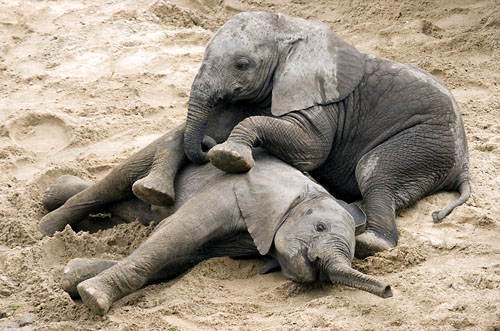
Tanzania, truly, is a safari destination without peer. The statistics speak for themselves, an unparalleled one-quarter of its surface area has been set aside for conservation purposes, with the world-renowned Serengeti National Park and incomprehensibly vast Selous Game Reserve heading a rich mosaic of protected areas that collectively harbor an estimated 20 percent of Africa’s large mammal population.
And yet there is more to Tanzania than just safaris. There is Mount Kilimanjaro and Meru, respectively the highest and fifth-highest peaks on the continent. And Lakes Victoria, Tanganyika and Nyasa, the three largest freshwater bodies in Africa. Then, of course, there is the magical ‘spice island’ of Zanzibar, the highlight of a vast Indian Ocean coastline studded with postcard-perfect beaches, stunning offshore diving sites, and mysterious medieval ruins.
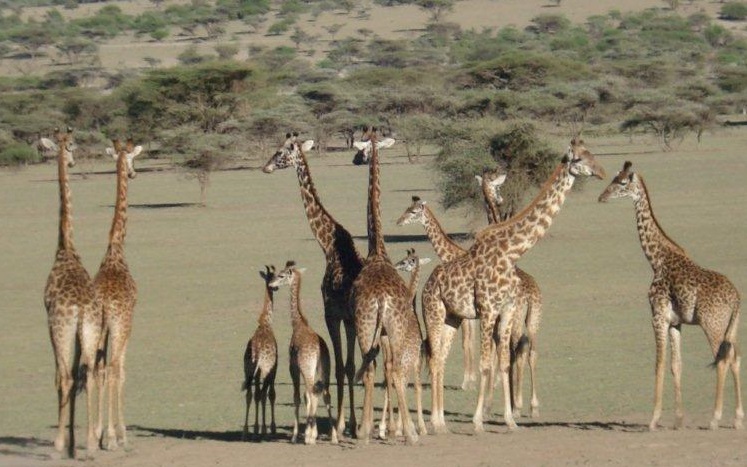
Each of our Tanzania safaris and wildlife tours, is a once in a lifetime holiday travel experience It touch something deep within you and can be an affordable getaway that will never be forgotten. All our quality Tanzania safaris and tours are both intriguing and exciting, created by a fascinating balance between the wildlife, the stunning landscapes and the friendly Tanzanian people. Tanzania’s northern & circuit safari , is renowned for offering some of the finest wildlife viewing holidays and tours in Africa. Its natural abundance of wildlife, along with the annual migration of millions of animals across its northern plains, make up a flourishing Eco-system, which is now benefiting from the country’s historical strict conservation measures.

We welcome all of you and take your time and go through our informative Tanzania safaris to this website at your leisure and let us help to plan your dream Tanzania safaris holiday. Detailed tour itineraries, useful links, travel tips and information, will further assist you in planning an affordable but quality Tanzania safaris holiday or wildlife tour in Africa. We can assist you, whether you are considering in Mount Kilimanjaro climbing, Mount Meru & Mount Oldonyo Lengai Trekking, Budget Camping Safaris, Budget Lodge Safaris, Luxury Lodge Safaris, Tented Camp safaris, Walking Safaris,Cultural tourism,Balloon Safaris,Chimpanzee Safaris, Southern Circuit Safaris, Western Circuit Safaris, Domestic flight booking, Car hire and excursions to the Spice Islands of Tanzania.
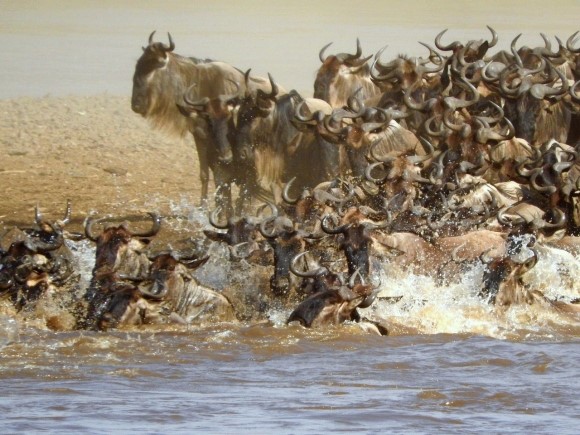
Best time to visit Tanzania
The best wildlife viewing months in Tanzania are during the dry season from late June to October. The best chance of seeing the wildebeest migration in the Serengeti is during June and July and the time to see the wildebeest calving is late January to February. The southern and western circuit parks are best visited during the dry-season (June to October), unlike the more popular northern circuit parks that can be visited year-round. Tarangire is the only exception, since its wildlife viewing is considerably better in the dry-season as well.
Best Time to go to Tanzania by Major Park
The Serengeti and the Ngorongoro Crater offer good wildlife viewing throughout the year. June and July are the best months for seeing the migration and February is the best month for the wildebeest calving. The dry months offer good game viewing throughout Tanzania. Tarangire and the southern and western circuit parks (including Katavi, Selous and Ruaha) are best visited in the dry season, from June to October.
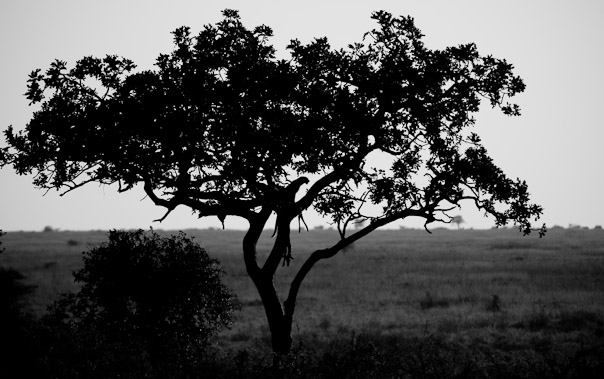
June to October – Dry Season
June and July are the best months to see the wildebeest migration, animals are easier to spot since they concentrate around waterholes and rivers and there is less vegetation. There are fewer mosquitoes because there is little to no rain skies are clear and most days are sunny even though most tourists visit during the dry season, the parks still don’t feel crowded, except for the Seronera area in the Serengeti and the Ngorongoro Crater. Mornings and nights get cold. It’s recommended to bring warm clothing for morning game drives in open vehicles during the months of June, July and August.
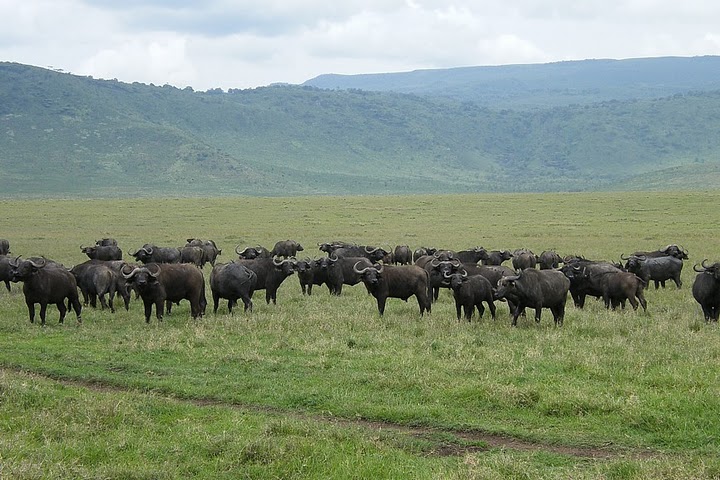
November to May – Wet Season
Late January to February is the time to see the calving in the southern Serengeti. This is an excellent time to see predator action. The scenery is green and beautiful. It’s less crowded parks. Although wildlife is easier to spot in the dry season, you’ll still see plenty and most northern circuit parks offer good year-round game viewing. Migratory birds are present and bird watching is at its best except for March, April and May, rains are mostly short afternoon showers and seldom have a negative impact on your trip.
March to May – Peak of the Wet Season
Most big wildlife has migrated out of Tarangire NP and game viewing in Katavi, Selous and Ruaha is clearly better during the dry season.
Best time to go:
June to October (All parks), June-July and January-February (Serengeti for the wildebeest migration & calving)
High Season:
July to March (northern circuit parks; they get crowded), July to October (southern and western circuit parks; they don’t really get crowded any time of the year)
Low Season:
April and May (northern circuit parks still get quite a few visitors unlike the southern and western circuit parks, where many lodges close down)
Best Weather:
June to October (Little to no rainfall)









